Children's Hearing Clinic
Childrens Hearing Clinic (Area K)
Northampton General Hospital NHS Trust
Cliftonville
Northampton
NN1 5BD
Telephone: 01604 545810 (until 4pm) - An answer machine facility is also available.
Mobile (Text only): 07864961718
Email: ngh-tr.childrens.hearing@nhs.net
Opening Times: Monday to Friday 08:30 to 16:30
How to find us
The Children's Hearing Clinic is in area K (Outpatients building) on the lower ground floor.
When you arrive, please initially book in with Childrens Outpatients on the ground floor and wait there until you are called through to your appointment
NGH-Hospital-Map.pdf (northamptongeneral.nhs.uk)
The nearest car parks are 3 and 4. Disabled car parking is available in area K. Car parking can be limited, so we would ask that you arrive early and allow additional time for parking. Parking on the hospital site is through number plate recognition and you pay when you leave. More information about parking can be found here:
Contact Us (northamptongeneral.nhs.uk)
Clinic Information
We are a specialist clinic, based at Northampton General Hospital, providing full hearing testing, diagnosis, hearing aid fitting and investigations.
We offer a comprehensive service from birth up to the age of 18 for children and young people with a possible or confirmed hearing loss.
Our service provides full testing with confirmed diagnosis made. Where required referrals to ENT are made, and if hearing aids are required, they are provided and fitted directly in clinic. We will work with children and their families and will also work closely with your GP/HV, schools, teachers of the deaf, social care and speech & language therapy to ensure the impact of any hearing impairment are minimised and the best outcome is achieved for your child.
We aim to provide a fast, friendly, and efficient service using specialist Paediatric staff giving a first rate service to our children and families using cutting edge technologies and latest developments in this field.
We refer to tertiary centres for further specialist opinions, testing and implant assessment when required.
Attending appointments in Children’s Hearing Clinic:
If you are coming to the hospital for your appointment in the Children’s Hearing Clinic, please book in and wait in the Children's Outpatients Department situated on the Ground Floor of Area K (Outpatients)
The Team
The hearing clinic team consists of dedicated Paediatric Audiologists, A Consultant Community Paediatrician, Newborn Hearing Screeners and a team of administration staff.
The Childrens Hearing Clinic is a paediatric audiology service using the child friendly waiting area in Children’s Outpatient before coming into the clinic area which is made up of 2 soundproof and 1 sound treated test rooms.
Most of our team are trained to at least Level 1 British Sign Language with some at level 2.
In the event of interpreter facilities being required (including BSL), please contact us prior to your appointment (Call/Text or Email) with plenty of notice, so that we may arrange for a suitable interpreter to be available to assist you. We also have access to a telephone interpreting service.
We are also able to get our leaflets/handouts translated should the language required not be available.
Your child has been referred for hearing assessment, what happens next?
When your child’s referral arrives in the Childrens Hearing Clinic it is submitted for grading to establish the appropriate clinic for your childs appointment according to your child’s age and the information in the referral.
We will send you an appointment by post. If you are unable to attend this appointment, please contact us as soon as possible to re arrange the appointment. You can call or email using the details above.
We endeavour to see referrals as quickly as we can but there is currently an increased demand on our service which is leading to increased waiting times.
Appointment day Childrens Hearing Tests
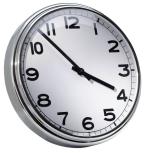
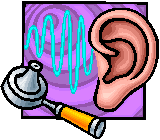
Types of hearing loss Information for hearing aid wearers
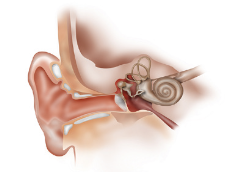
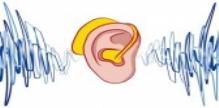
Deaf awareness & communication Newborn Hearing screening

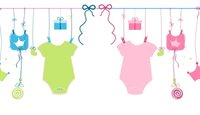
Help & Support
